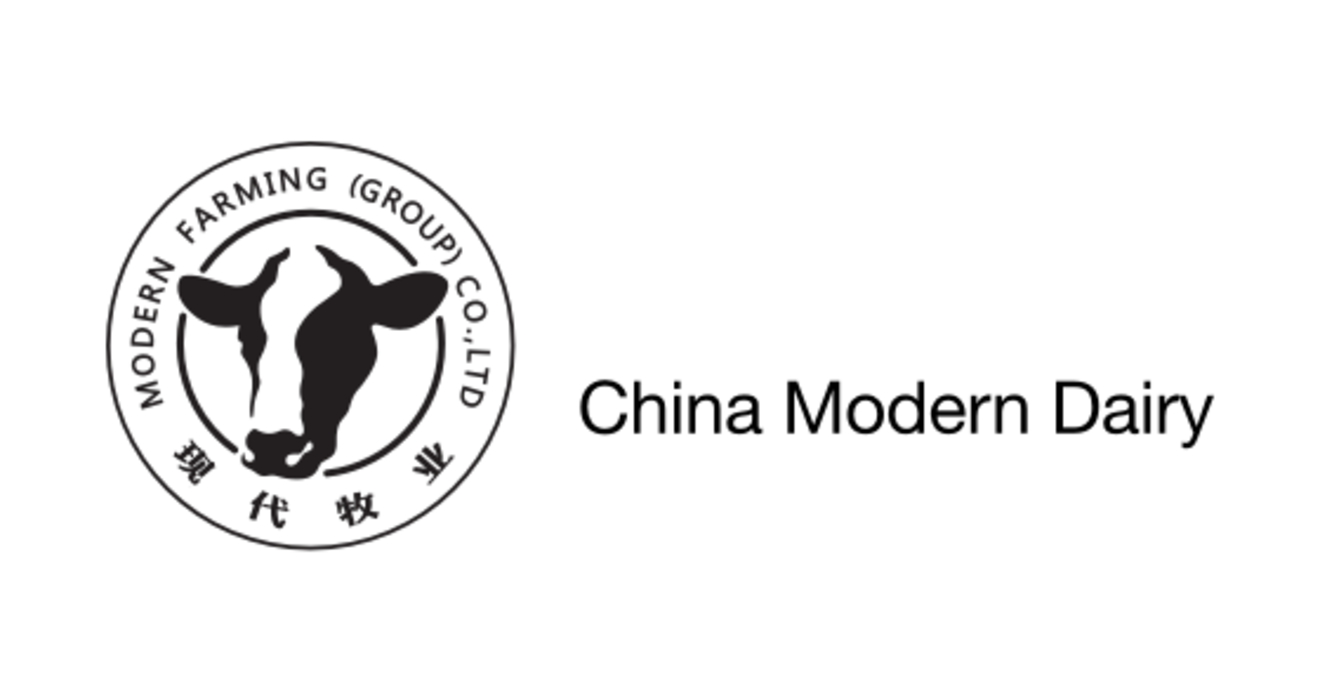China Modern Dairy Holdings Ltd
Key Information
HQ:
China
Market Cap:
$0.85bn
Primary Market:
Asia
Business Type:
Protein Producer
Company Information
Company Summary
China Modern Dairy, founded in 2005 and headquartered in Maanshan, China, produces and sells raw milk for processing into dairy products, primarily in Mainland China but also in the United States and internationally. The company is also engaged in the production and selling of animal feed, and the breeding of dairy cows.
Revenue
Total revenue:
$1.8bn
Revenue by Geography
Revenue by Protein
Revenue by Product Type
Disclosures
CDP ScoresLast Reviewed: 16/10/2024
| CDP Climate | CDP Forests | CDP Water |
|---|---|---|
| Yes | Yes | Yes |
Science Based Target initiativeLast Reviewed: 16/10/2024
| Target classification | Status | Date |
|---|---|---|
| Has not set SBT | - | - |

